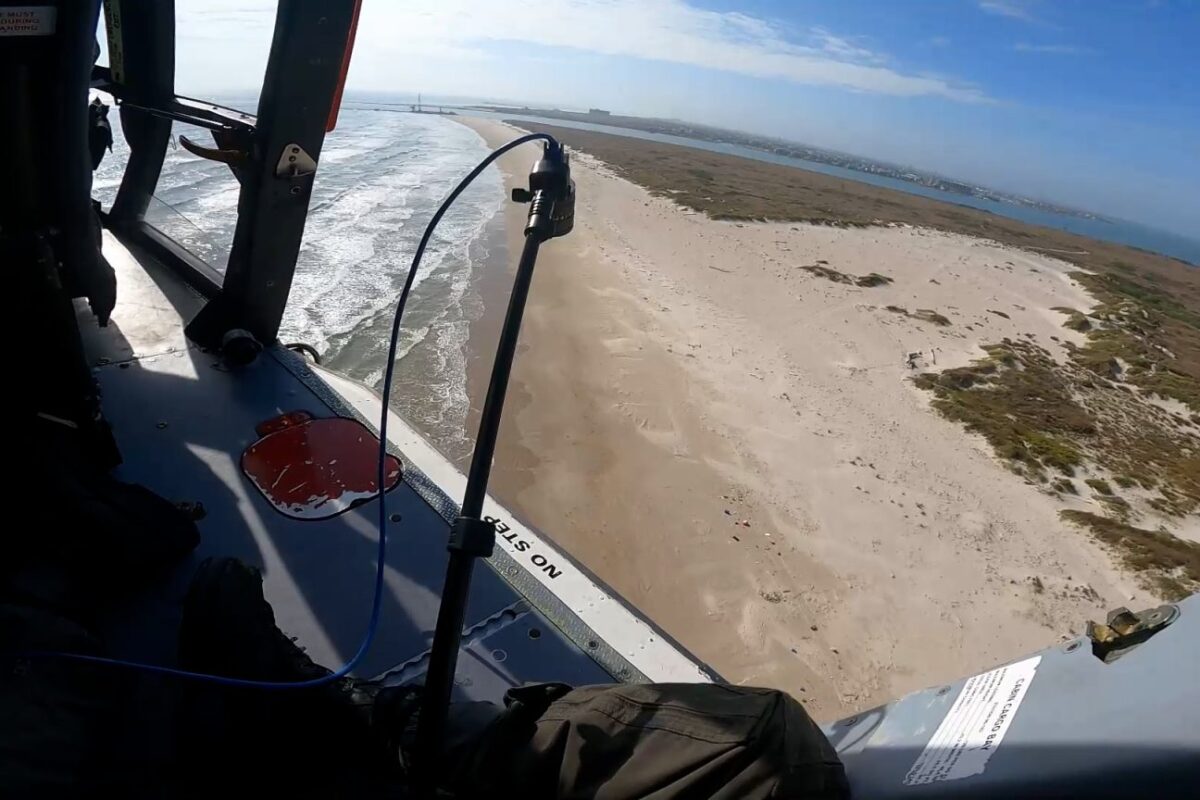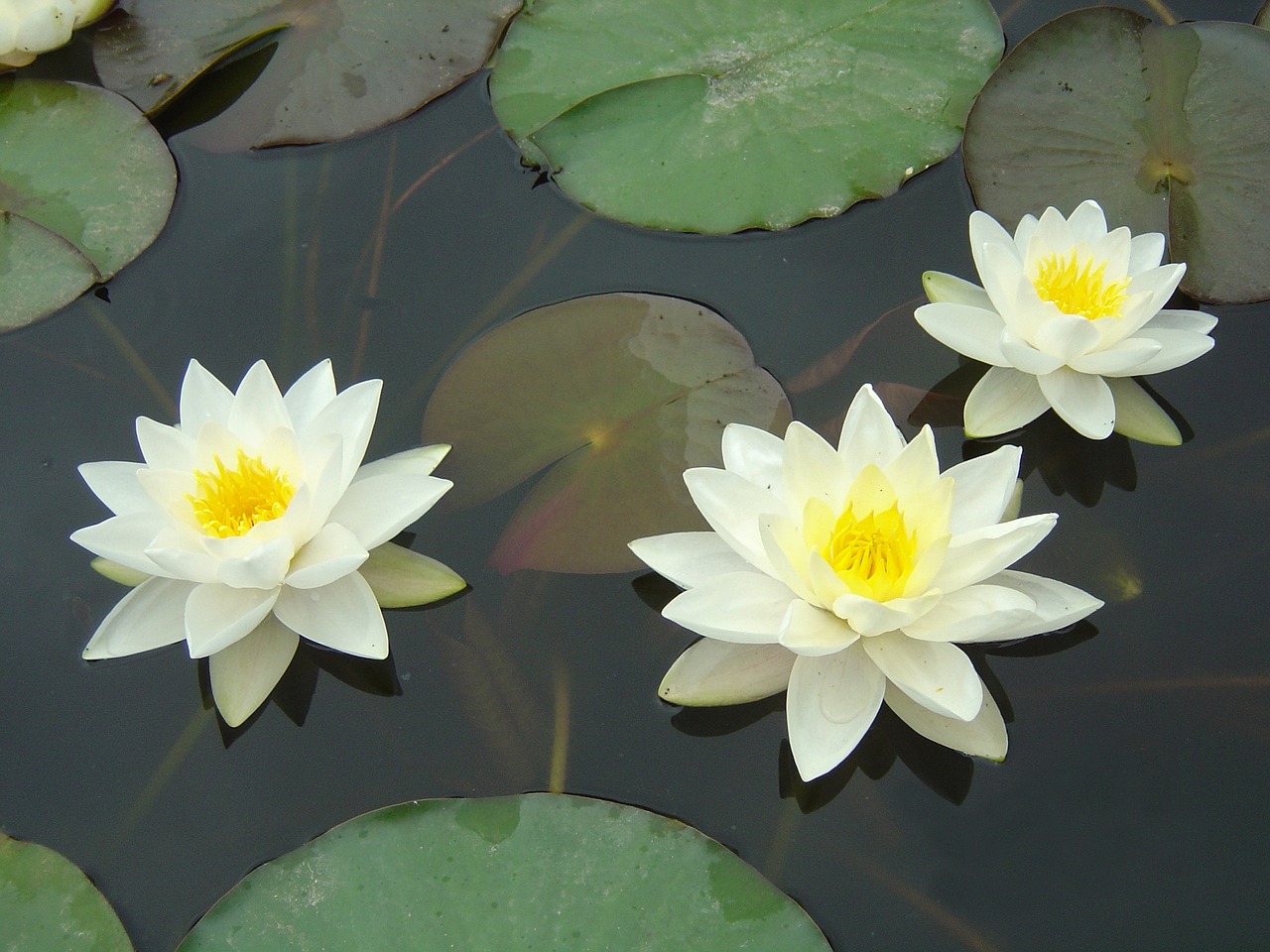Climate change is wreaking havoc on the Arctic ecosystem, and polar bears are paying a heavy price. A recent study has unveiled a distressing consequence of rising temperatures: the formation of large ice balls on the bears’ paws.
The Impact of Ice Balls on Polar Bears
As the Arctic warms, snow transforms into slush, which then freezes onto the bears’ paws as they traverse the icy landscape. These ice formations, often reaching significant sizes, can cause severe injuries, making it difficult for the bears to hunt and navigate their environment. The pain and discomfort associated with these injuries can significantly impact their overall health and well-being.
In the worst cases observed, researchers describe two bears with large, dinner-plate-sized ice balls clinging to their feet. Underneath the ice, the bears’ paw pads were marked with deep, bleeding cuts. “I’d never seen that before,” said study lead author Kristin Laidre, a marine ecologist and associate professor at the University of Washington. “The two most affected bears couldn’t run—they couldn’t even walk very easily.”
Urgent Action Required to Protect Polar Bears
According to researchers, about one in four polar bears from two northern Greenland populations showed signs of ice-related injuries on their paws. These injuries primarily affected adult males, who typically cover greater distances and are considerably heavier than females or cubs.
The implications of these injuries are far-reaching. Polar bears, already facing threats from habitat loss and reduced sea ice, are now burdened with additional challenges. These magnificent creatures, perfectly adapted to their icy world, are struggling to cope with the rapid changes brought about by climate change.
To mitigate this crisis, urgent action is required to reduce greenhouse gas emissions and slow the pace of global warming. By transitioning to clean energy sources and adopting sustainable practices, we can help protect the Arctic ecosystem and safeguard the future of polar bears.
Nidhi is a gold medalist Post Graduate in Atmospheric and Oceanic Sciences.







